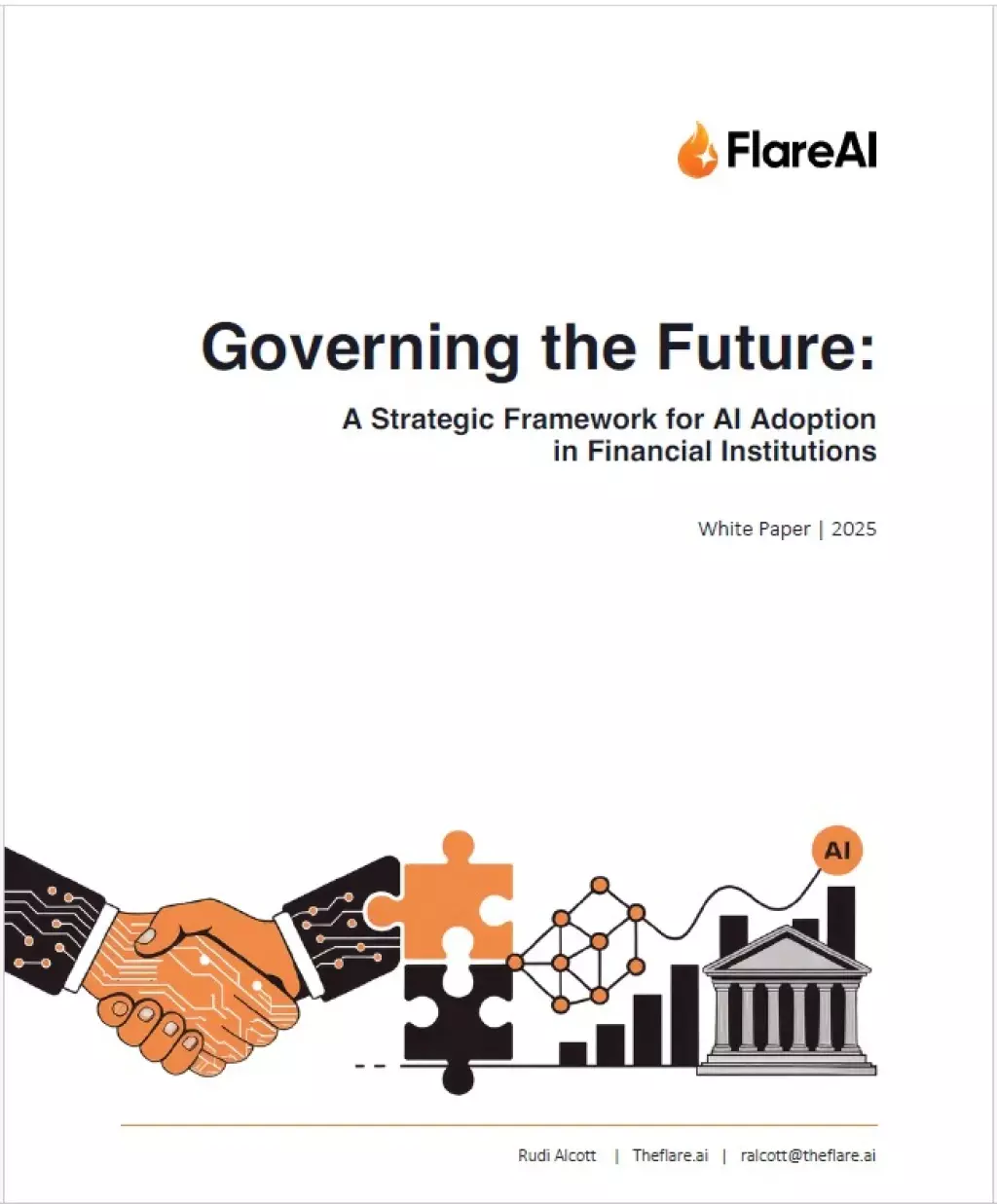STRADVISION and Arm Collaborate on AI-Defined Vehicle Technology
STRADVISION has announced a collaboration with Arm to enhance AI-defined vehicle technology, announced in a press release. This partnership integrates STRADVISION's perception technology with Arm's Zena Compute Subsystems (CSS), a platform designed to support next-generation automotive workloads.
The collaboration aims to provide automakers with scalable, high-performance compute platforms that support advanced driver assistance systems (ADAS) and autonomous driving features. STRADVISION's software is optimized for Arm-based platforms, including Zena CSS, ensuring performance portability across various system-on-chips (SoCs).
By leveraging Arm's natively-accelerated virtual platforms, STRADVISION enables earlier software development and testing, reducing time-to-market for OEMs and Tier 1 suppliers. This approach allows automakers to standardize on a single software stack, simplifying integration and accelerating deployment across different vehicle segments.
We hope you enjoyed this article.
Consider subscribing to one of our newsletters like Enterprise AI Brief or Daily AI Brief.
Also, consider following us on social media:
More from: Enterprise
Subscribe to Enterprise AI Brief
Weekly report on AI business applications, enterprise software releases, automation tools, and industry implementations.
Whitepaper
Governing the Future: A Strategic Framework for AI Adoption in Financial Institutions
This whitepaper explores the transformative impact of artificial intelligence on the financial industry, focusing on the governance challenges and regulatory demands faced by banks. It provides a strategic framework for AI adoption, emphasizing the importance of a unified AI approach to streamline compliance and reduce operational costs. The document offers actionable insights and expert recommendations for banks with fewer than 2,000 employees to become leaders in compliant, customer-centric AI.
Read more
